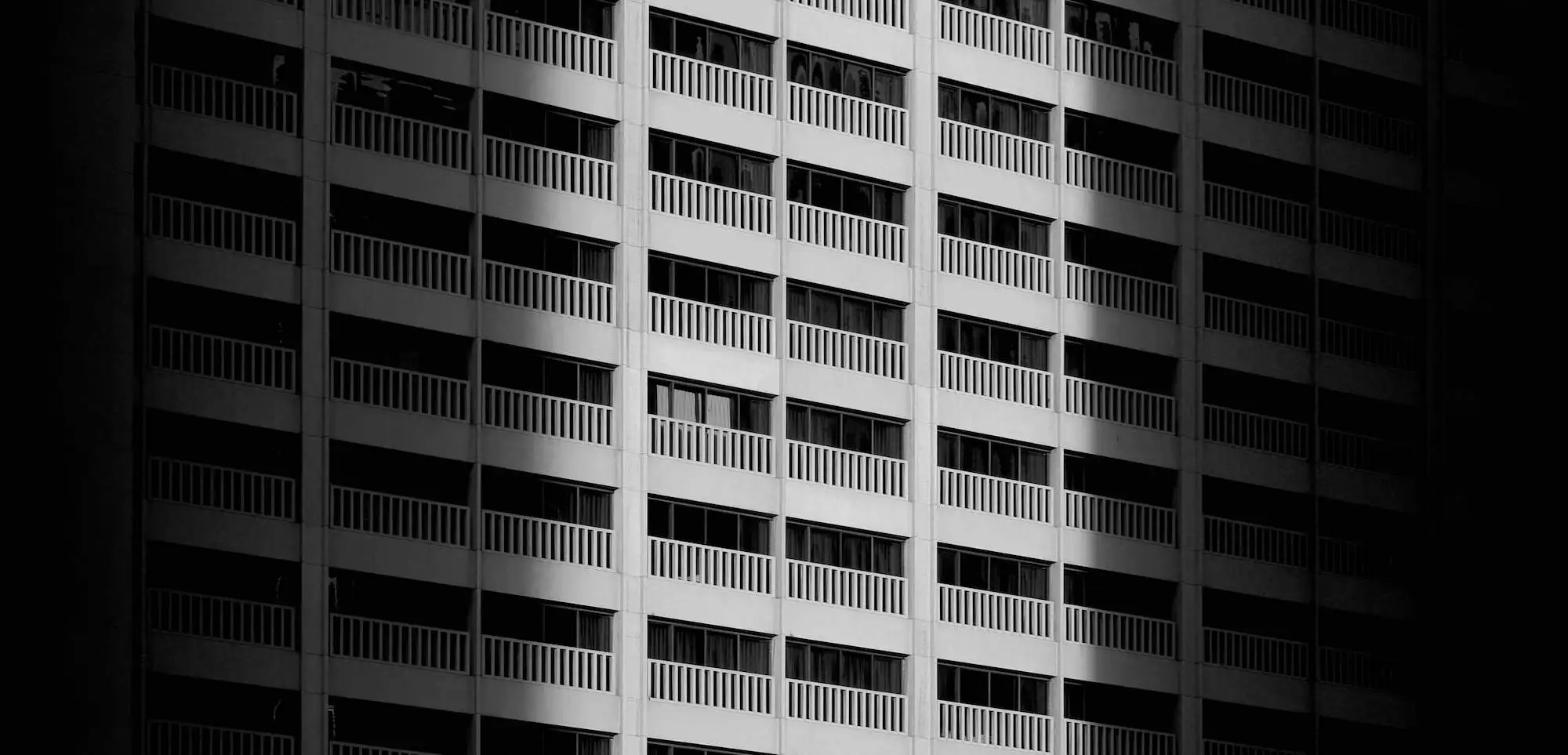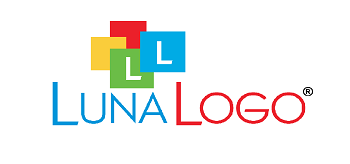Introduction:
In the realm of digital graphics, the distinction between raster and vector images holds significant importance. While raster images are composed of pixels and can lose quality when resized, vector images are based on mathematical equations, allowing for infinite scalability without degradation. In this ultimate guide to vector conversion, we will delve into the critical significance of vector conversion, its applications across various industries, and the meticulous process involved in transforming raster images into versatile vector assets.
Understanding the Importance of Vector Conversion:
Vector conversion plays a pivotal role in numerous fields, including graphic design, branding, printing, and digital illustration. One of the primary benefits of vector images lies in their scalability. Unlike raster images, which become pixelated when enlarged, vector graphics retain crispness and clarity at any size. This makes them ideal for applications such as logos, icons, illustrations, and signage, where consistency and quality are paramount.
Moreover, vector images offer unmatched versatility. Their ability to be easily edited, manipulated, and resized without loss of quality makes them indispensable in workflows requiring flexibility and adaptability. Whether it’s resizing a logo for different marketing materials or editing the colors and shapes of an illustration, vector graphics provide designers with unparalleled creative freedom.
The Process of Vector Conversion:
While the concept of vector conversion may seem straightforward, the process itself requires precision, expertise, and attention to detail. At LunaLogo, our vector conversion services adhere to a meticulous process designed to deliver superior results consistently.
- Image Assessment:
- The journey begins with a thorough assessment of the raster image to be converted. Factors such as image complexity, resolution, and quality are carefully evaluated to determine the most suitable approach for vectorization.
- Tracing:
- Once the image is assessed, skilled graphic designers at LunaLogo employ advanced tracing techniques to recreate the raster image as a vector graphic. This involves outlining the shapes and contours of the original image using bezier curves, ensuring accuracy and fidelity to the original.
- Detail Refinement:
- In this stage, attention is given to refining the finer details of the vector graphic. This may involve adjusting curves, smoothing edges, and optimizing shapes to achieve a clean and polished result.
- Colorization:
- Depending on the requirements of the project, colorization may be applied to the vector graphic. LunaLogo’s designers meticulously match colors to the original raster image or provide custom color schemes as per the client’s specifications.
- Quality Assurance:
- Quality assurance is a critical step in LunaLogo’s vector conversion process. Each vector graphic undergoes rigorous scrutiny to ensure accuracy, consistency, and adherence to client requirements. Any discrepancies or imperfections are addressed promptly to maintain the highest standards of quality.
Applications of Vector Conversion:
The applications of vector conversion are vast and varied, spanning across industries and disciplines. Some common use cases include:
- Logo Design:
- Vector conversion is instrumental in creating scalable and versatile logos that maintain clarity and consistency across various platforms and mediums.
- Illustration:
- Illustrators and digital artists rely on vector graphics to create intricate and detailed illustrations that can be easily resized and edited without loss of quality.
- Printing:
- In the printing industry, vector graphics are essential for producing high-quality prints with sharp lines, smooth curves, and vibrant colors.
- Digital Marketing:
- Vector images are widely used in digital marketing materials such as banners, infographics, and social media graphics due to their ability to maintain clarity and sharpness across different screen sizes.
Conclusion:
In conclusion, vector conversion is a fundamental process with far-reaching implications in the world of digital graphics. By understanding the importance of vector conversion, grasping the intricacies of the conversion process, and exploring its diverse applications, businesses and individuals can harness the power of vector graphics to elevate their visual communication strategies. At LunaLogo, we are committed to delivering exceptional vector conversion services that empower our clients to achieve their creative visions with precision and excellence.
Art Gallery — Overview
This transformative project seeks to enhance the gallery’s infrastructure, accessibility, and exhibition spaces while preserving its rich cultural heritage.

